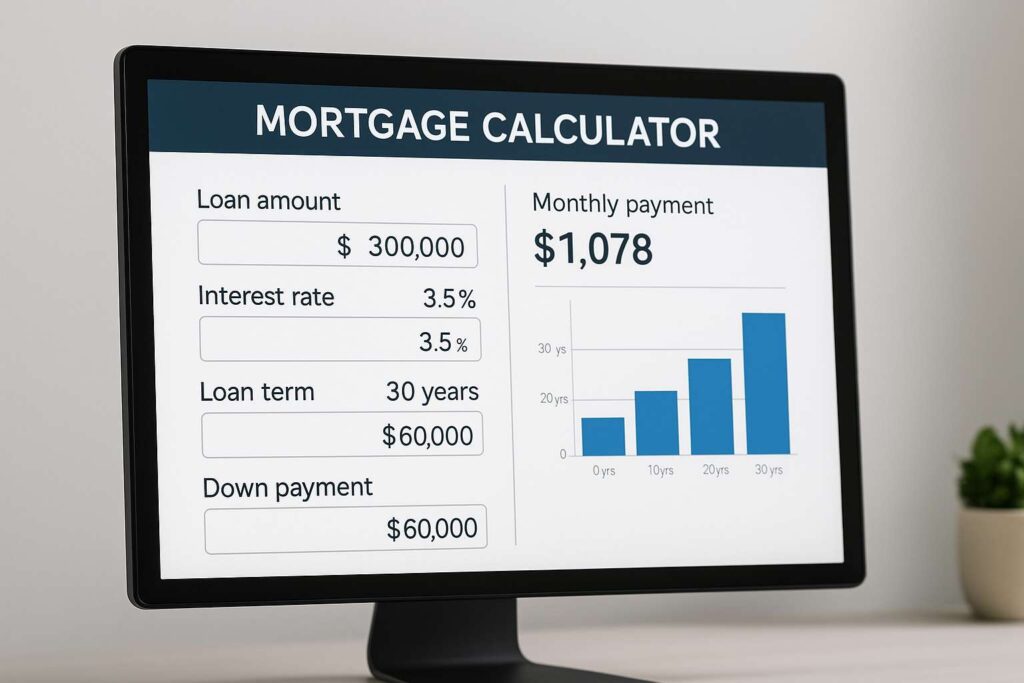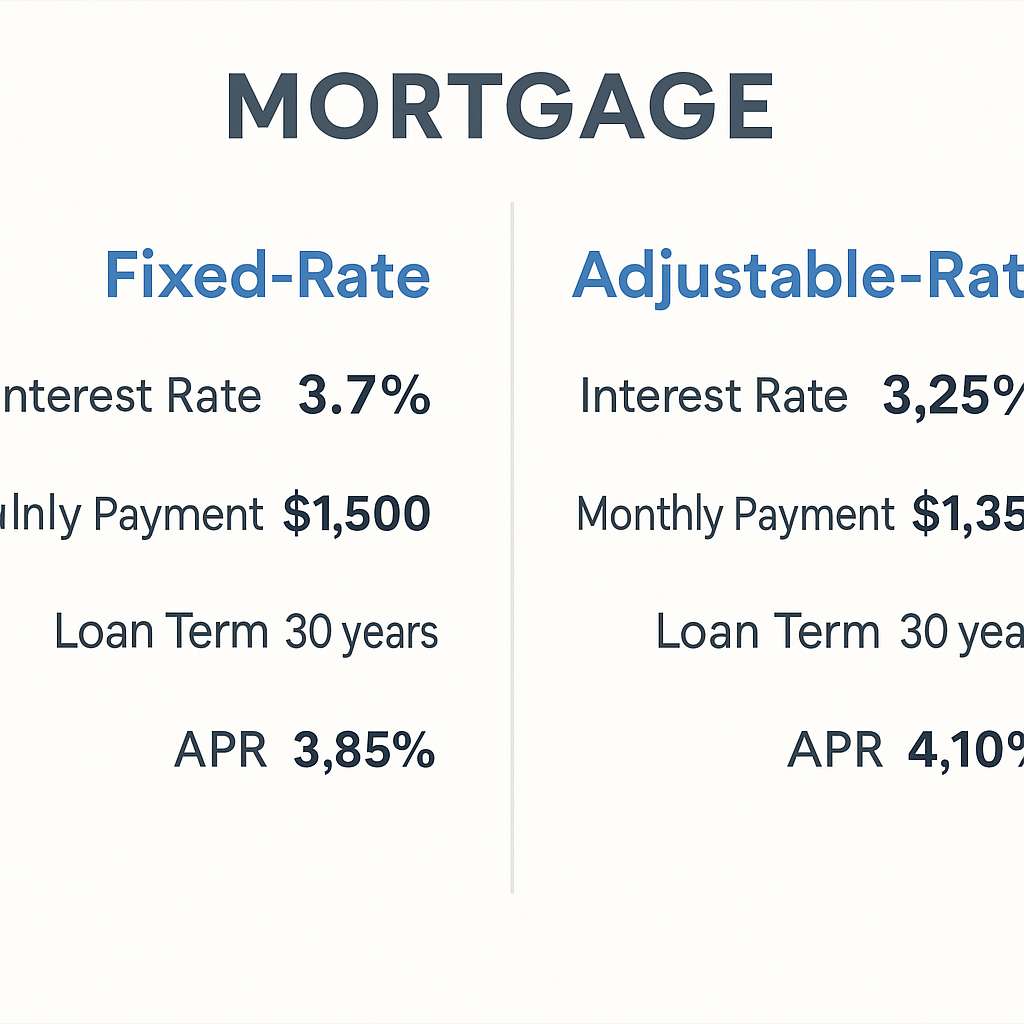
Buying a home in today’s climate can be extremely overwhelming, not to mention the added pressure of applying for a mortgage. But with the right tools and guidance, the process can become much easier. This guide will walk you through each step of the application process, from pre-approval to closing, while showing you how to use tools like a mortgage calculator and how to stay ahead of changing mortgage rates.
Step 1: Understand Your Finances Before You Apply
Before you start the application, take a hard look at your current financial health:
- What’s your credit score?
- How much do you have saved for a down payment?
- What is your debt-to-income ratio?
These are the first things a mortgage lender will check. Getting these numbers in order early can improve your chances of getting approved and securing better home loan interest rates.
Tip: Try using a mortgage affordability calculator to estimate what you can realistically afford.
Step 2: Get Pre-Approved for a Mortgage
A mortgage pre-approval shows sellers you’re serious. It also gives you a clear price range to shop in.
During pre-approval, your lender will evaluate your credit, income, and assets. You’ll receive a letter that outlines how much they’re willing to lend and at what rate.
You can also get pre-qualified online using a lender’s website — it’s faster, but not as reliable as full pre-approval.
Step 3: Use a Mortgage Calculator to Plan Monthly Payments

Using a mortgage calculator helps you see what your monthly payments might look like based on:
- Loan amount
- Term (15 or 30 years)
- Mortgage rates
- Down payment
Some calculators even factor in property taxes, insurance, and PMI to give a fuller picture.
Step 4: Compare Lenders and Mortgage Rates

Don’t just go with your bank. Compare multiple mortgage lenders to get the best deal. Even a 0.25% difference in mortgage loan rates can save you thousands over the life of the loan.
Use these tools:
- Bankrate
- NerdWallet
- Better.com
- Zillow’s mortgage comparison tools
Make sure you understand the APR (which includes fees), not just the interest rate.
Step 5: Submit Your Full Mortgage Application
Once you’ve chosen a lender, it’s time to officially apply for a mortgage. Be prepared to upload:
- W-2s and tax returns (2 years)
- Recent pay stubs
- Bank statements
- Photo ID
- Proof of assets and debts
The lender will do a hard credit pull and begin underwriting your application.
Step 6: Get Through Underwriting and Close
If everything checks out, your lender will send a loan estimate and eventually a closing disclosure.
Final steps:
- Schedule a home appraisal
- Finalize paperwork
- Pay closing costs (typically 2-5% of the home price)
Once approved, you’ll sign your mortgage documents, get your keys, and officially become a homeowner!